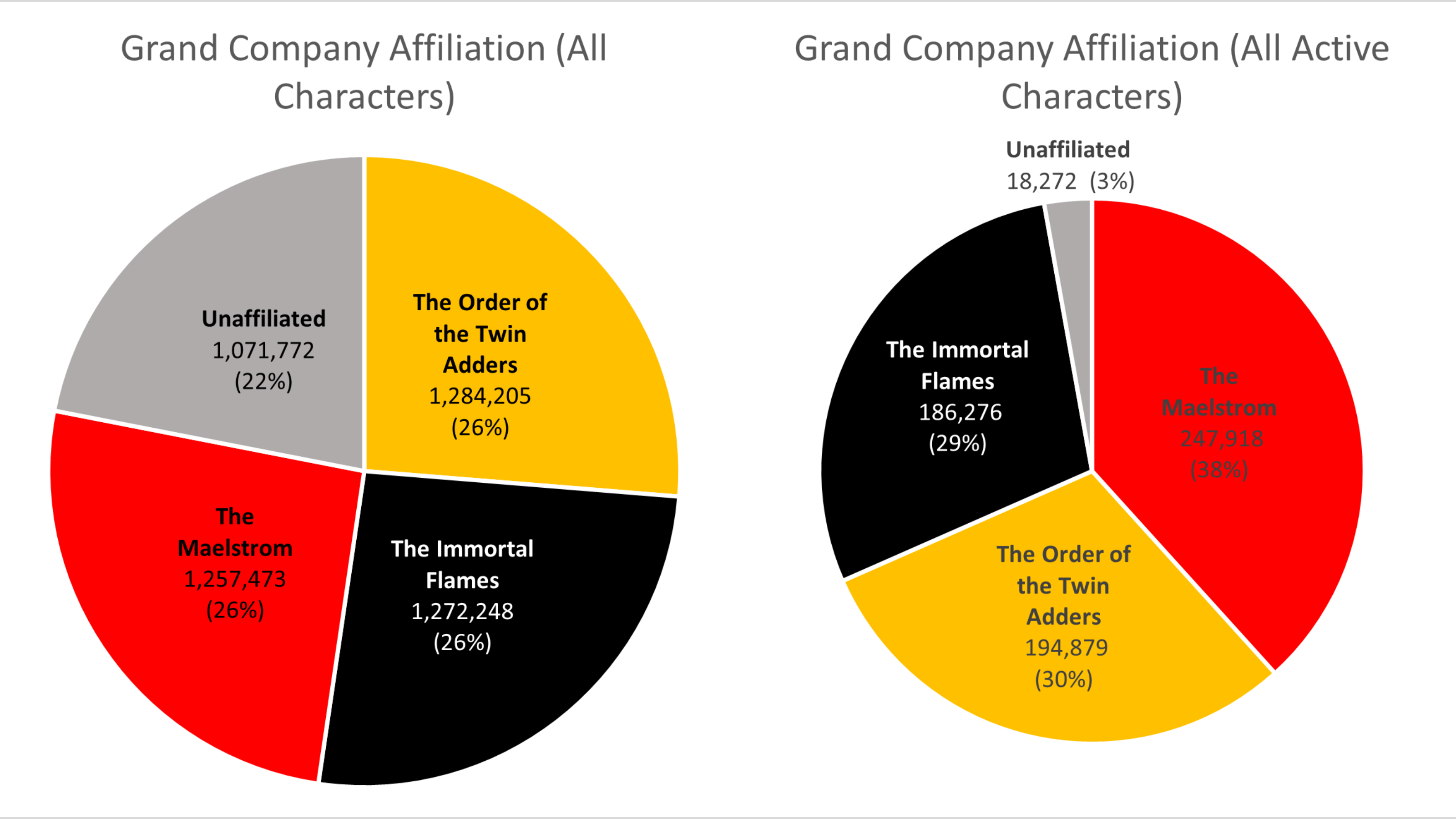So this week we were asked to come up with a perfect case for the use of a pie chart. So…….

I had some questions:
- What is a pie chart exactly?
- What are Pie charts Good for?
To answer my first question i started doing some research, it turns out that The pie chart has been around for over 200 years. It was first invented in 1801 by Scottish writer on political economy William Playfair (1759-1823), nowadays known as the inventor of statistical graphs. At the time Playfair believed “making an appeal to the eye when proportion and magnitude are concerned, is the best and readiest method of conveying a distinct idea” and the pie chart and bar chart were born. Some people believe that he also invented the line chart, but that story is better left for another time.
https://infogram.com/blog/the-infamous-pie-chart-history-pros-cons-and-best-practices/
Pro and Cons
The problem with Pie charts has a lot to do with our physiology. we as human beings are good at telling the difference between lengths but not so much when it comes to comparing angular differences. Meaning that compared to say a bar graph pie charts are not as efficient at getting their points across due to the extra time it takes for interpretation. as well as the need for more chart elements like clear labels to aid with quick interpretation of the graph.
However if you want to visualize pieces of a whole then a pie chart is your best choice. So for this assignment I decided I was going to breakdown a product i use often and turn its respect constituents into data points for a pie chart that i will post shorty.
Coconut Oil
The product I chose to to break down for my data is coconut oil. I’ve always know that coconut oil had many health benefits. But hypocritical to that notion, I’ve never really know what was in it? I use coconut oil as a moisturizer so I’m going to focus on the fatty content.
A quick google search for ” fatty composition of coconut oil” gave me this :
Coconut oil is made up of 7 know fatty acids plus one unknow acid
- Caprylic-7%
- Deconoic-8%
- Lauric-48%
- Myristic-16%
- Palmitic-9.5%
- Oleic-6.5%
- Other -5%
So I plugged those numbers into excel and this is what i got as my data table
| Fatty acid Compositon of coconut oil | |
| Acid | Percentage |
| Capryilic | 7.0% |
| Decnoic | 8.0% |
| Lauric | 48.0% |
| Myristic | 16.0% |
| Palmitic | 9.5% |
| Oleic | 6.5% |
| OTHER | 5.0% |
Then i turned those lovely points into a pie chart.

Interesting enough Lauric acid had the biggest portion of coconut oil’s fatty acid of composition, coming in at 48%!
Due to the fact that im more interested in how each component compares to the whole i believe this is a better option for a visual even when compared to the beloved bar graph.
This was a very fun activity and I look forward to doing more like it for my individual project.



















